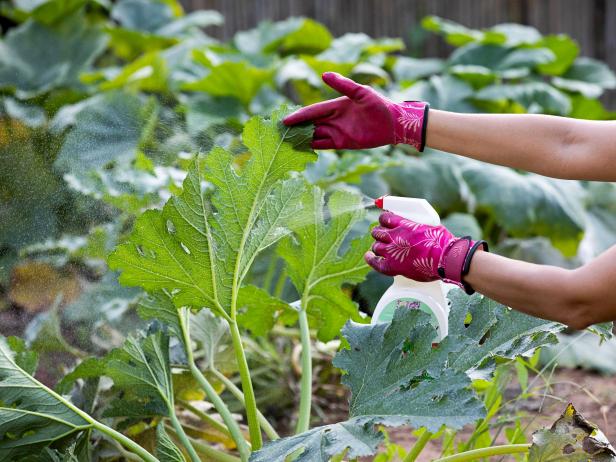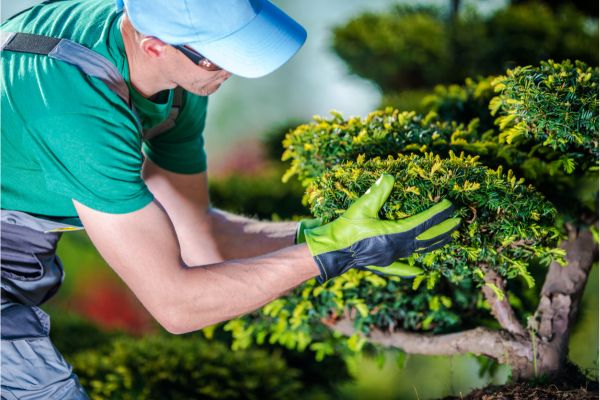Trees are the lungs of our planet, essential for maintaining a healthy environment. However, just like humans, trees are susceptible to diseases that can threaten their well-being and the ecosystems they support. In this blog, we’ll delve into the top five tree diseases and explore preventive measures to safeguard your greenery.
Understanding Tree Diseases
Tree diseases encompass a wide range of ailments that affect the health and vitality of trees. These diseases can be caused by fungi, bacteria, viruses, or environmental factors such as poor soil conditions or extreme weather. Identifying the underlying causes of tree diseases is crucial for implementing effective preventive measures.
Top 5 Tree Diseases:
- Oak Wilt: Oak wilt is a fungal disease that affects various species of oak trees, causing wilting and eventual death. It spreads through root grafts or sap-feeding beetles, posing a significant threat to oak populations.
- Dutch Elm Disease: Caused by a fungus spread by elm bark beetles, Dutch elm disease is responsible for the widespread decline of elm trees. Early symptoms include wilting and yellowing of leaves, eventually leading to tree death.
- Emerald Ash Borer: This invasive beetle species attacks ash trees, laying eggs beneath the bark and disrupting the tree’s vascular system. Infested trees display thinning canopies, D-shaped exit holes, and increased woodpecker activity.
- Anthracnose: Anthracnose is a fungal disease that affects a variety of tree species, including maples, oaks, and sycamores. Symptoms include leaf spotting, defoliation, and dieback, particularly during periods of wet weather.
- Fire Blight: Fire blight is a bacterial disease that primarily affects members of the Rosaceae family, such as apple and pear trees. It causes blackened, scorched foliage and cankers on branches, often spreading rapidly during warm, humid conditions.
Identification and Symptoms
Early detection of tree diseases is essential for effective management and prevention of further spread. Visual indicators such as wilting, leaf discoloration, cankers, and unusual growth patterns can signal the presence of disease. Familiarizing yourself with the symptoms specific to each tree disease can aid in timely intervention.
Safeguarding Measures
Maintaining tree health is key to preventing disease outbreaks and minimizing their impact. Proper tree care practices, including regular watering, mulching, and pruning, can bolster tree defenses against pathogens. Additionally, promoting soil health and avoiding stressors such as compacted soil or overfertilization can enhance tree resilience.
Treatment Options
In cases where trees have already been infected, prompt treatment is essential to improve their chances of survival. Depending on the severity of the disease, treatment options may include fungicidal sprays, trunk injections, or cultural practices aimed at reducing pathogen spread. Consulting with a certified arborist can help determine the most appropriate course of action for diseased trees.
Preventive Strategies
Preventing tree diseases begins with proactive measures to create optimal growing conditions for trees. This includes selecting disease-resistant tree species, practicing proper planting techniques, and monitoring trees for signs of stress or disease. Implementing integrated pest management strategies can also help mitigate the risk of infestation and disease development.
Takeaway
Protecting your greenery from tree diseases requires vigilance, knowledge, and proactive management. By familiarizing yourself with the top five tree diseases and implementing preventive measures, you can help ensure the health and longevity of your trees for years to come. Remember, healthy trees are not only a valuable asset to your property but also essential for sustaining our environment.








